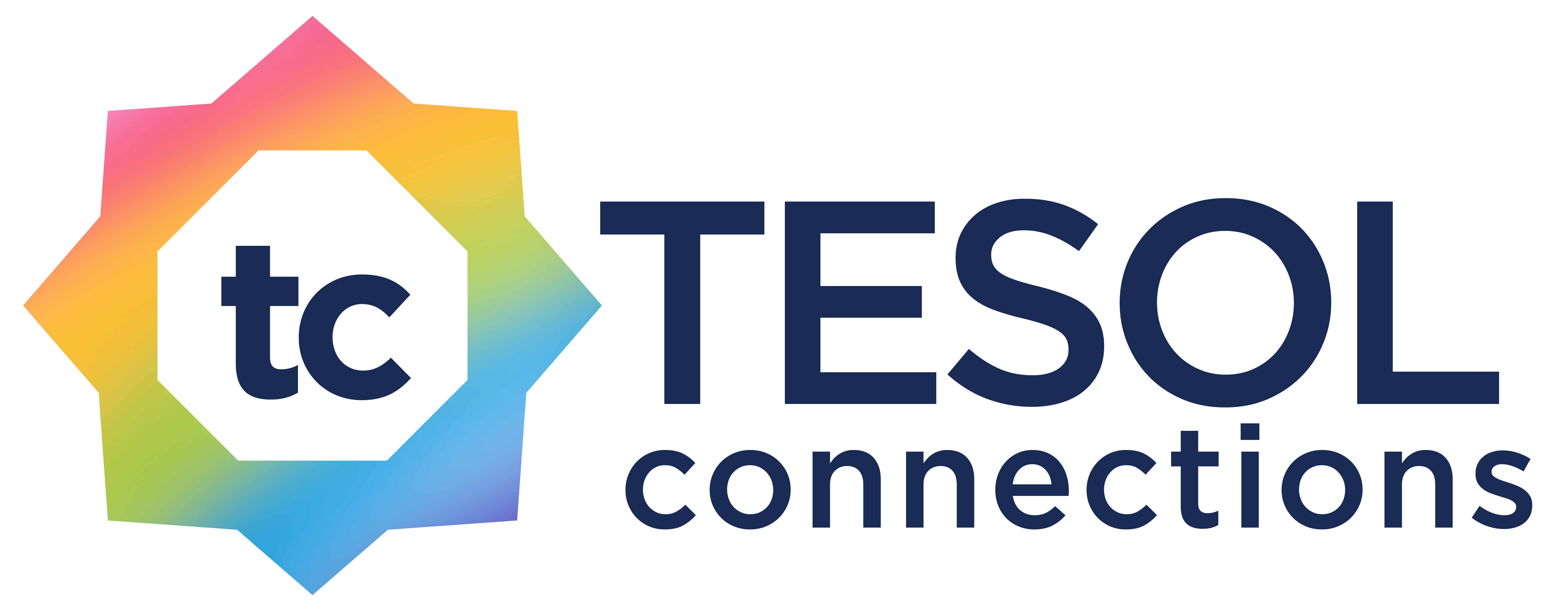KEEPING ENGLISH LANGUAGE PROFESSIONALS CONNECTED
Ask a TESOL Leader
How Can I Best Support My Multilevel Adult Learners?
Reader Question: My adult ESL students come from a variety of backgrounds, with different levels of literacy in their home languages. How can I best support their English language literacy development?

Teaching English to adult learners is rewarding. Adults are often motivated to learn, and they eagerly seek our instruction. At the same time, teaching English to adults can be challenging, especially when students differ in levels of first language literacy and educational background.
Here are some effective strategies we can use to address the challenges of the multilevel, adult English language learning classroom:
1. Learn About Your Learners' Backgrounds, Hopes, and Dreams
Sound pedagogical theory recommends that we start by learning about our students, and the same holds true when planning instruction for the adult multilingual learner of English (MLE). A few places to start include
-
- the diversity of our students,
- the countries they are from,
- the language(s) they speak,
- the levels of education they may have completed, and
- whether their formal education had been interrupted.
Depending on the context of your program, your adult MLEs very well may be immigrants and refugees. You can learn about their motivations for travelling to their new country. What are their hopes and dreams for themselves? For their families? When your adult MLE is born in the country (which is sometimes the case in the United States), you can learn about their motivation for continuing to study English and their hopes and dreams for continuing their education and/or workplace skills.
Learning about our students helps us to design classroom experiences that will tap into their individual real-world experiences, prior knowledge, motivation, and accompanying needs. And for students who are preliterate or with emerging literacy in their first language, we can begin to identify which students need to focus on alphabetics, phonics, fluency, and decoding.
2. Use a Wide Variety of Materials and Techniques
Since our adult learners come to us with different life experiences, the instructional materials that we use should appeal to different interests. Their varying levels of formal education makes it equally important to present language samples in a variety of modalities. We can use a variety of input: reading materials, audio, visual, pictorial—and contextualize this language input within real-world contexts. In these ways, we can create classrooms where students’ prior knowledge is a building block for new learning.
There are various techniques and practices in the multilevel secondary classroom that will transfer very effectively to the adult classroom. For example, we can use thematic units to provide multiple activities, each addressed to different proficiency levels yet organized coherently around a particular theme. We can also use peer learning more effectively, assigning roles in groups to build on learners’ differing strengths and areas for improvement.
3. Honor the Adult Lifetime: Encourage Self-Regulated Learning
Adult MLEs may have emerging literacy in their first language and may have interrupted formal schooling. Yet, they have lived a lifetime of work and family experiences. They have successfully navigated challenges which have brought them ultimately to us and to our classrooms. We can help our adult MLEs see the connection between their lived experiences and their new learning by helping them to become self-regulated learners.
Teach specific learning strategies and behaviors associated with active learning, and help them set realistic goals and create conditions for their success. Instead of lengthy assignments, try providing shorter tasks (completed within 10 minutes) with a couple of minutes for review and reflection. Short assignments, tailored to individual student needs and that include a component for self-monitoring and self-reflection, will go a long way toward building confidence and incorporating new learning into their life journey.
A Final Thought: Teach to the Whole Student
Finally, remember that a lifetime of experience brings a lifetime of successes, but it also brings a lifetime of less positive experiences and emotions. Adult students may have past experiences that now create a hesitancy to speak in public or a sense of privacy about their educational experiences. As teachers, we should aim to create new, empowering learning experiences. By attending to the whole adult student with an empathetic and caring approach, we can make learning fun, respectful, sensitive, and inclusive, thereby creating welcoming, nonjudgmental classroom environments for all our adult learners.
 |
Also In This Issue
‣ Celebrating Queer Allyship in and Beyond Schools: Advocacy and Actionable Steps
‣ Cultivating Intercultural Growth in Preservice Teachers Through Experiential Learning
‣ Classroom Practice: Cultural Perspective in Writing: A Contextual Approach
‣ PD Corner: Feedback That Fuels Growth
Recent TESOL Blogs
‣ Flip Is Finished. Where Do We Go From Here?
‣ Supporting Students With Yoga-Infused TPR
‣ 4 Ways Podcasts Will Power Up Your PD
‣ Assessing Multilingual Learners of English: Accommodations


About the author
Debra Suarez
Debra Suarez, PhD, is a former federal leader with the Office of Career, Technical and Adult Education (U.S. Department of Education), and senior advisor for the White House Initiative Asian Americans, Native Hawaiians, and Pacific Islanders. Dr. Suarez is currently a university professor, executive director of Uplifting Teachers, and president (2024–2025) of TESOL International Association.